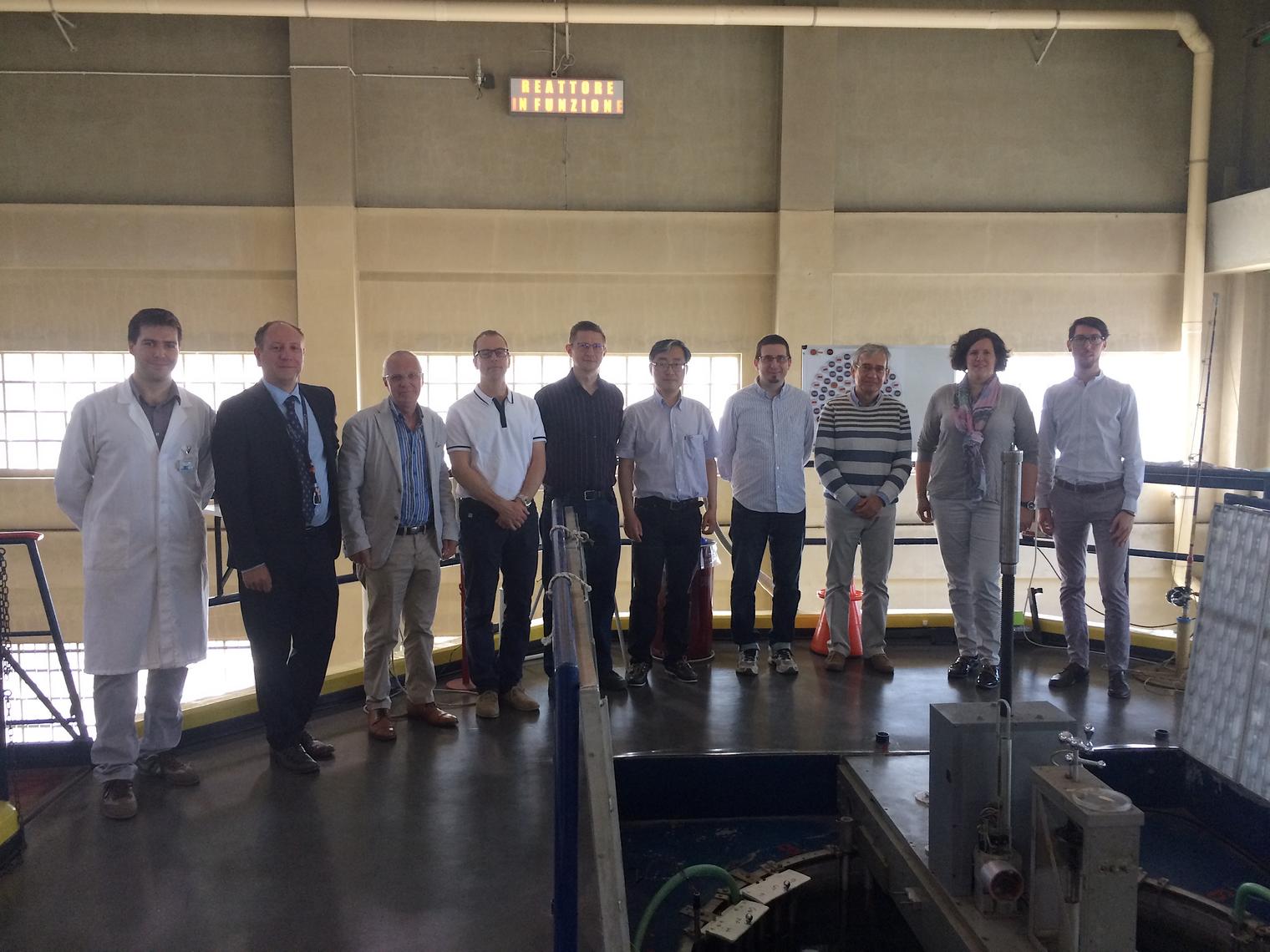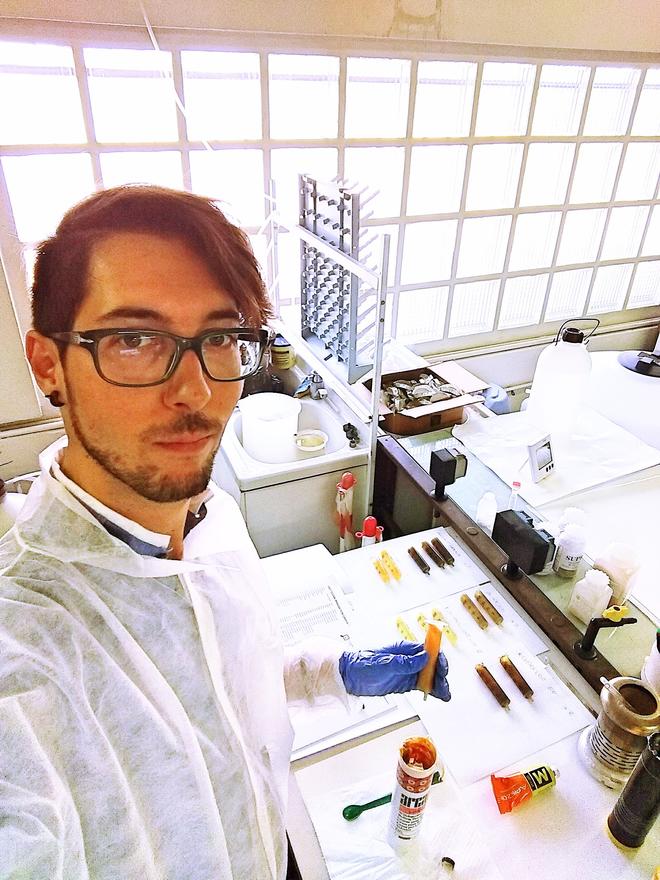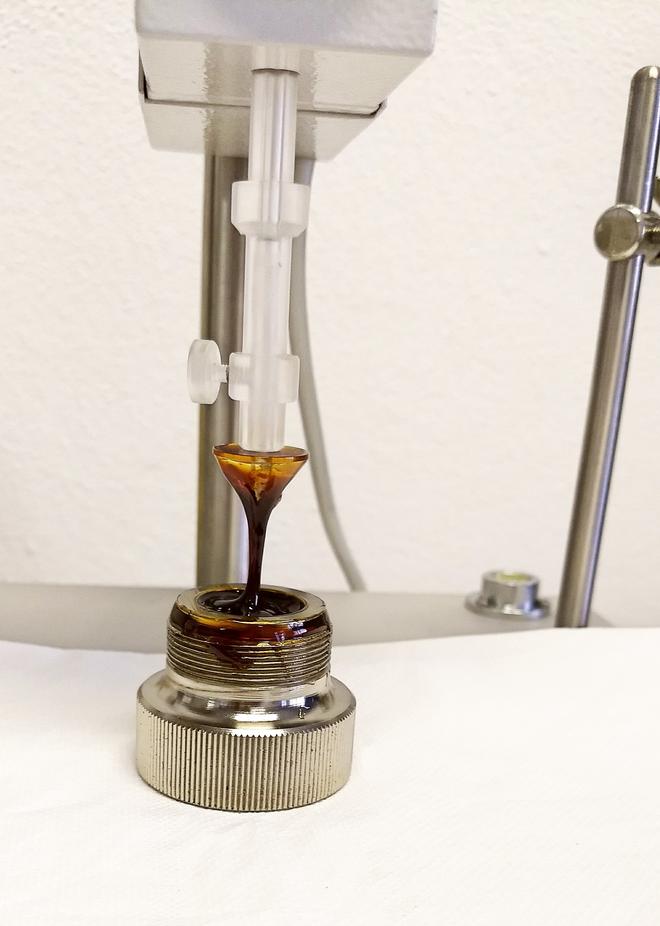
ESS and Italian partners INFN and the University of Brescia (UniBs) are making good progress to assess potential suitability and effects on the structure of polymeric materials when exposed to intense beams of neutrons. These materials have wide-ranging, fundamental applications in machine systems and components critical for research at the European Spallation Source ERIC.
LUND and BRESCIA—In 2016, the European Spallation Source (ESS) joined the Italian partnership in the research of material damage induced by neutrons in non-metallic materials. Polymeric materials are the most sensitive to neutrons, including essential items such as lubricants, greases and elastomeric O-rings. The results could hold significant promise to benefit the reliability of major ESS systems such as the Target and the neutron instruments.
“Materials and components at ESS can be affected by the intense neutron radiation that the facility uses. The study is fundamental for the dependable and steady operation of ESS, as it will help foresee expected component lifetime in operation and help to choose the most reliable product to be used comparatively,” said PhD student and lead investigator Matteo Ferrari. Ferrari is based at the University of Brescia in Italy. His research supervisor is UniBs professor Aldo Zenoni.
The study is part of the Italian Selective Production of Exotic Species (SPES) project of the Italian National Institute of Nuclear Physics (INFN). The project aims to develop an accelerator system for fundamental research in nuclear physics, astrophysics, and interdisciplinary uses such as neutron generation.
The radiation damage study is being conducted at Laboratori Nazionali di Legnaro (LNL), the LENA reactor at the University of Pavia, and the University of Brescia. ESS is supporting the research as part of Ferrari’s doctoral work. The collaboration is through the ESS Materials Group, with work mentored by group leader Yongjoong Lee and supported by chemist Monika Hartl.
The experimental data collected thus far has shown very relevant neutron-induced structural modifications in the tested polymers, with some fluid-like compounds dubbed, ‘Target grease’. Some products have displayed strong neutron sensitivity and their use in ESS systems would be unwise, while others clearly exhibit more stable behaviour and can be considered more reliable. In a relatively short space of time, the research teams have produced a number of valuable results. A report of the study was recently presented at the European Research Reactor Conference (RRFM 2018) in Munich, Germany.
Neutron data covering the conditions relevant for ESS is rare in the scientific literature, in contrast to studies of the much more challenging conditions faced by nuclear reactor materials. The expertise developed by the Italian-ESS collaboration covers the entire testing process: chemical and physical analysis allowing material characterization, composition measurements, specific dosimetry calculation assessed via simulations, post-exposure examination of macroscopic relevant properties, safe handling of samples, finite element simulation of materials evolution, and definition of specific end-of-life usability conditions.



























